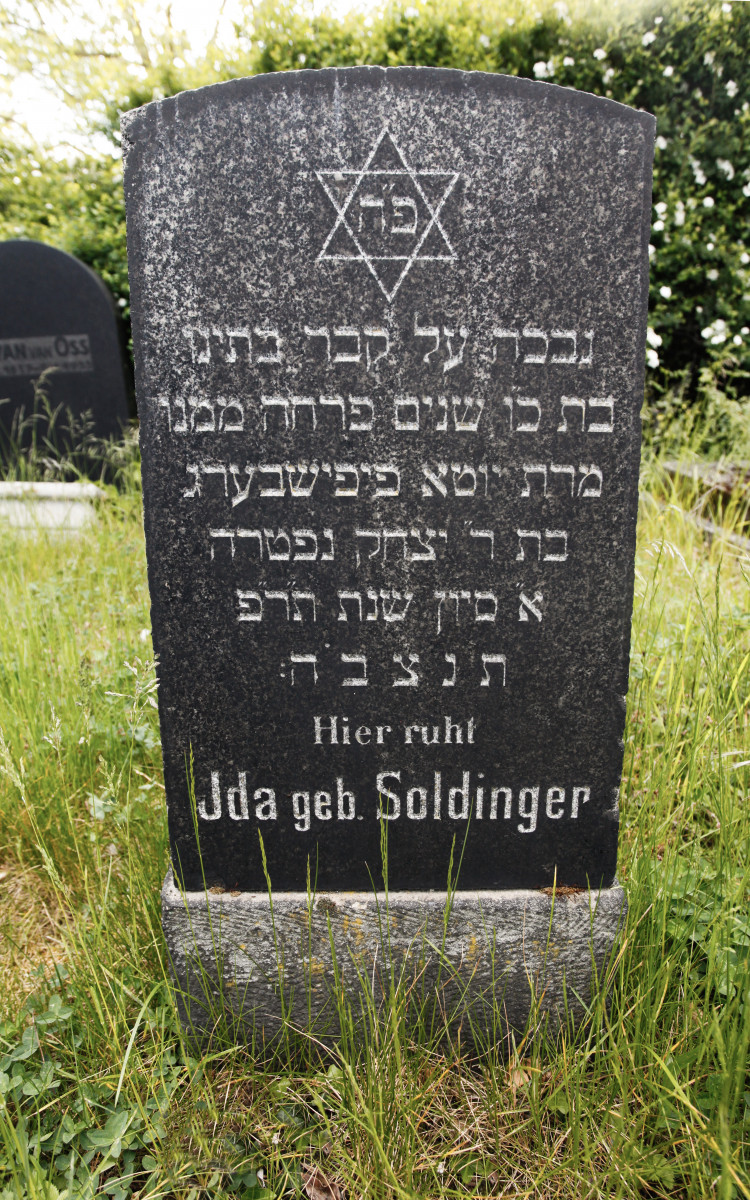
Pipersberg, Ittla / Ida
Pipersberg
Ittla
geb. Soldinger
Sep 29, 1895
Klay
May 17, 1920
–
–
105
210
–
Ida
geb. Soldinger
–
–
–
–
Zuweisung nach Übersetzung v. Dr. T. Arndt, UNI Leipzig
Yes
Yes
Stone
Position of the Headstone
V
left
15
–
17
4
–
–
–
–